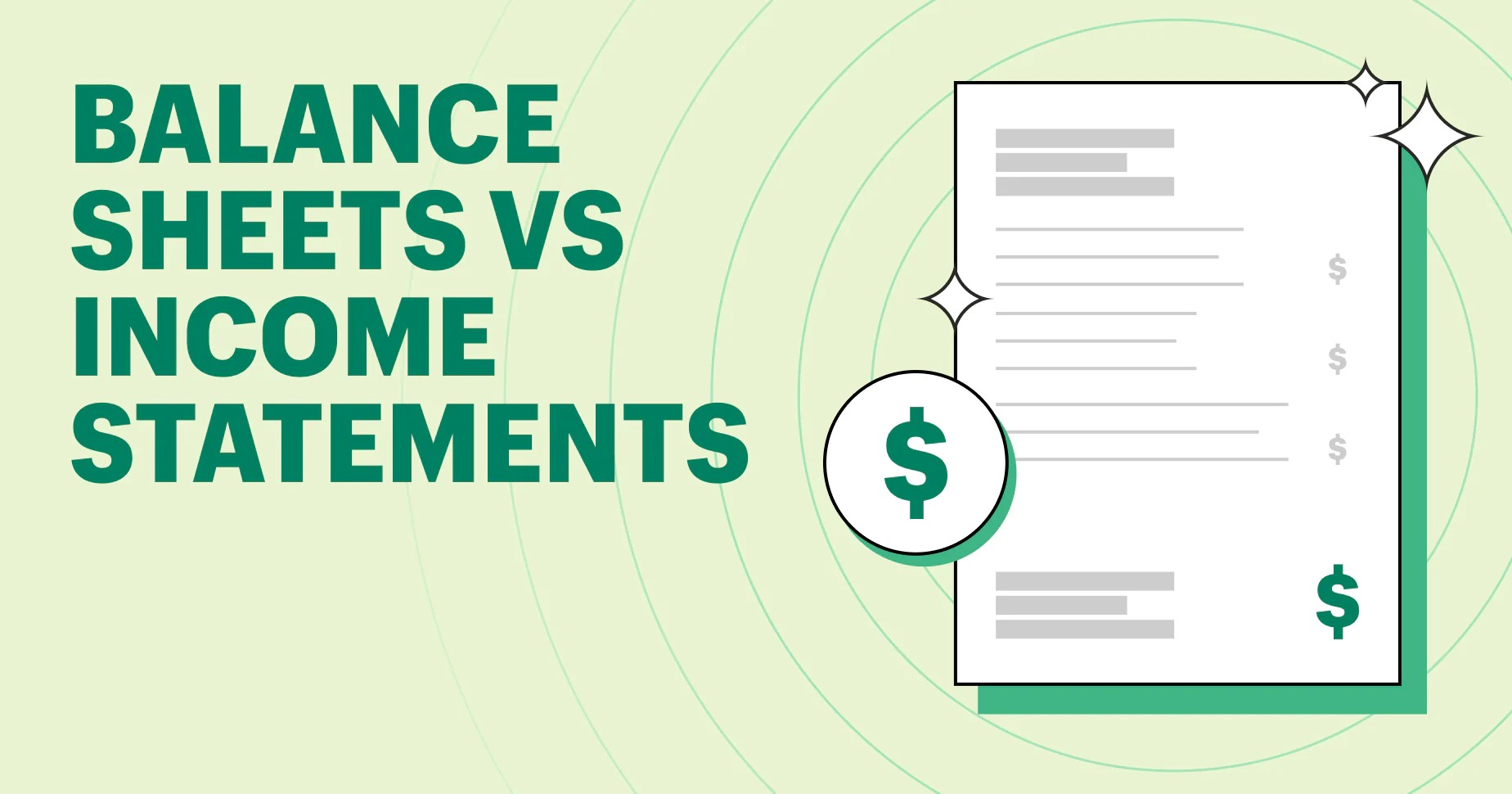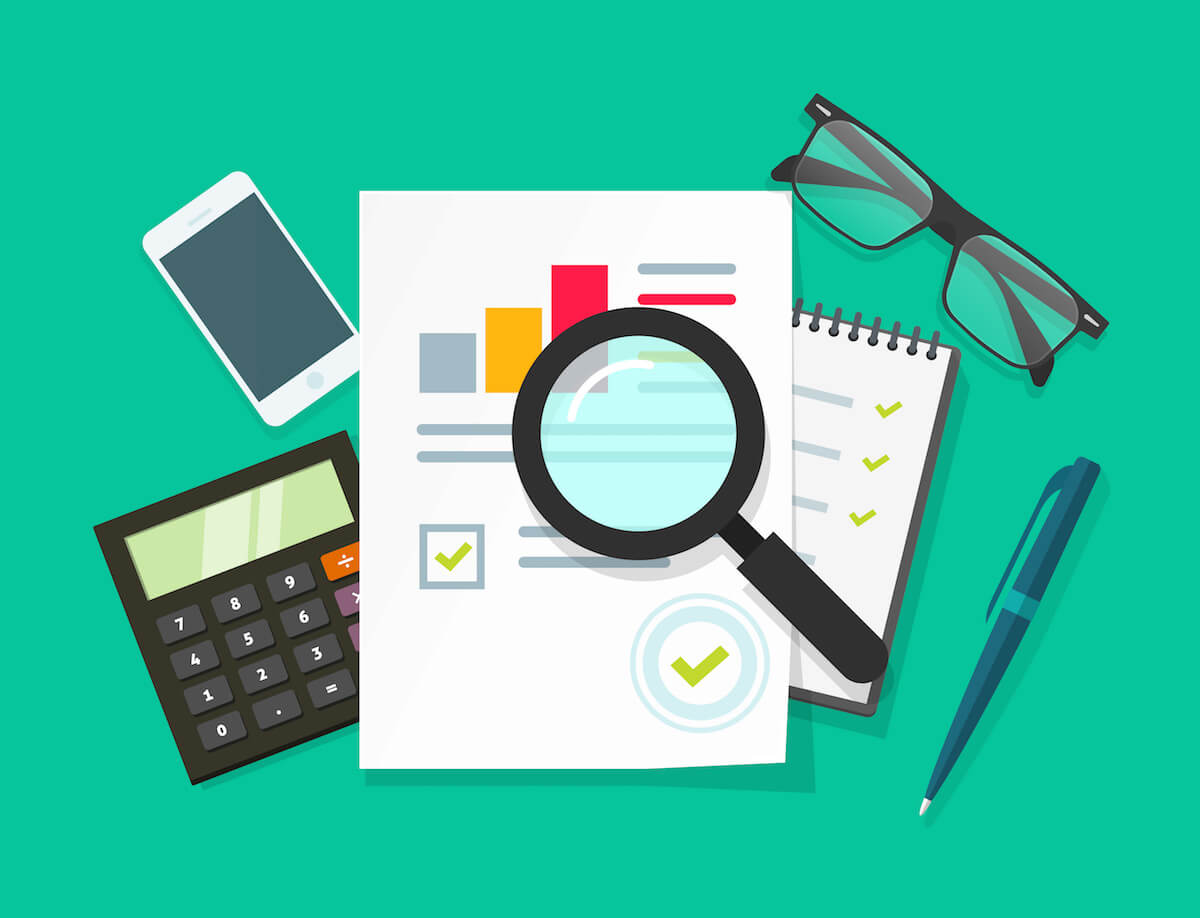Home>Finance>How To Obtain A New Statement Balance After A Deposit


Finance
How To Obtain A New Statement Balance After A Deposit
Published: March 2, 2024
Learn how to update your statement balance after making a deposit with our comprehensive finance guide. Get expert tips and advice to manage your finances effectively.
(Many of the links in this article redirect to a specific reviewed product. Your purchase of these products through affiliate links helps to generate commission for LiveWell, at no extra cost. Learn more)
Table of Contents
Introduction
In the realm of personal finance, managing your bank account effectively is crucial for maintaining financial stability. One essential aspect of this management is understanding your statement balance and how it can be affected by various transactions, including deposits.
When it comes to handling finances, staying informed about your account's statement balance is key to making sound financial decisions. In this comprehensive guide, we will delve into the intricacies of statement balances, the impact of deposits, and the process of obtaining a new statement balance after making a deposit.
Understanding the dynamics of statement balances, particularly in the context of deposit transactions, empowers individuals to take control of their financial well-being. By shedding light on this topic, we aim to provide valuable insights that can help individuals navigate their banking activities with confidence and clarity.
Join us as we explore the fundamental principles of statement balances and unveil the steps to obtain a new statement balance after making a deposit. Whether you're a seasoned finance enthusiast or someone taking the first steps toward financial literacy, this guide is designed to equip you with the knowledge and understanding necessary to manage your bank account effectively.
Understanding Statement Balances
Before delving into the specifics of obtaining a new statement balance after a deposit, it’s essential to grasp the concept of statement balances and their significance in personal finance. A statement balance, often referred to as the “closing balance,” is the amount of money in a bank account at the end of a specific statement period. This period is typically monthly, but it can vary depending on the financial institution.
Statement balances serve as a snapshot of your account’s financial status at a particular point in time. They reflect the culmination of all transactions, including deposits, withdrawals, and any accrued interest or fees, up to the closing date of the statement period. Understanding your statement balance is crucial for evaluating your spending, assessing your financial health, and reconciling your records with the bank’s official records.
When reviewing your statement balance, it’s important to distinguish it from the current balance, which represents the real-time amount of funds in your account, factoring in pending transactions that may not yet be reflected in the statement balance. This differentiation is pivotal for accurate financial planning and decision-making.
Furthermore, monitoring your statement balances regularly enables you to detect any discrepancies, unauthorized charges, or errors in your account activity. This proactive approach to account management can help safeguard your finances and identity from potential fraudulent activities.
In essence, comprehending statement balances equips individuals with the knowledge to gauge their financial standing, identify discrepancies, and make informed decisions regarding their monetary resources. With this foundational understanding in place, we can now explore how deposits can impact the process of obtaining a new statement balance.
Making a Deposit
When it comes to managing your bank account, making deposits is a fundamental aspect of maintaining and growing your financial resources. Deposits can take various forms, including cash deposits, check deposits, direct deposits from employers, or electronic transfers from other accounts. Regardless of the method, each deposit contributes to increasing the funds available in your account.
One of the primary motivations for making deposits is to bolster your financial reserves, whether for everyday expenses, savings goals, or long-term investments. By consistently adding funds to your account through deposits, you can fortify your financial security and work towards achieving your financial aspirations.
Additionally, deposits play a pivotal role in ensuring that your account remains solvent and capable of meeting your financial obligations. Whether it’s covering bills, making purchases, or building an emergency fund, deposits are instrumental in sustaining the functionality and utility of your bank account.
From a practical standpoint, the convenience and accessibility of deposit methods offered by financial institutions make the process seamless and efficient. Whether you opt to deposit funds at a physical branch, through an ATM, or via electronic means, the flexibility of deposit channels accommodates diverse preferences and circumstances, empowering individuals to manage their finances with ease.
Moreover, many financial institutions provide deposit options that facilitate automatic or recurring deposits, enabling account holders to automate their savings or investment contributions. This feature fosters disciplined financial habits and promotes consistent wealth accumulation over time.
Overall, making deposits is a cornerstone of responsible financial management, allowing individuals to build and maintain their financial resources while ensuring the liquidity and functionality of their bank accounts. As we delve into the process of obtaining a new statement balance after a deposit, it’s essential to recognize the pivotal role that deposits play in shaping one’s financial landscape.
Obtaining a New Statement Balance
After making a deposit into your bank account, it’s natural to seek an updated statement balance that reflects the newly added funds. This process involves several key steps that culminate in the issuance of a fresh statement, providing an accurate representation of your account’s financial standing.
1. Transaction Processing: When a deposit is made, whether through a physical branch, ATM, or electronic transfer, the transaction undergoes processing by the financial institution. This entails verifying the deposit details, crediting the funds to the account, and updating the account’s transaction records.
2. Statement Cycle: The timing of the deposit in relation to the statement cycle is a crucial factor in determining when the new statement balance will be available. If the deposit occurs close to the end of the statement period, it may not be reflected in the current statement, necessitating a wait until the subsequent statement cycle for the updated balance to be included.
3. Account Activity Review: Once the statement cycle concludes, the financial institution compiles the account activity, including the deposit, to generate a new statement. This statement encompasses all transactions, balances, and relevant details for the specified period, offering a comprehensive overview of the account’s financial status.
4. Statement Issuance: Upon the completion of the statement cycle and the compilation of account activity, the updated statement is issued to the account holder. This statement reflects the impact of the deposit on the account’s balance, providing a clear and current snapshot of the financial resources available.
5. Accessibility: Depending on the bank’s policies and practices, the updated statement may be accessible through various channels, such as online banking portals, mobile applications, or physical statements sent by mail. This accessibility ensures that account holders can conveniently review their updated statement balance and integrate it into their financial planning and decision-making processes.
Obtaining a new statement balance after making a deposit is integral to maintaining financial awareness and leveraging the deposited funds effectively. By understanding the process and timeline involved in updating statement balances, individuals can anticipate when the new balance will be available and utilize this information to make informed financial choices.
Conclusion
Managing your bank account effectively encompasses a spectrum of financial activities, from understanding statement balances to executing deposit transactions and obtaining updated statement information. By gaining insight into these processes, individuals can navigate their financial endeavors with confidence and prudence.
Understanding statement balances provides a foundational framework for assessing one’s financial standing, tracking account activity, and identifying discrepancies. Regular monitoring of statement balances empowers individuals to maintain financial vigilance and make informed decisions regarding their monetary resources.
Making deposits is a proactive and strategic approach to fortifying financial reserves, meeting financial obligations, and working towards financial goals. Whether through traditional cash deposits or automated transfers, each deposit contributes to bolstering the account’s resources and enhancing financial security.
Obtaining a new statement balance after making a deposit involves a series of steps, including transaction processing, statement cycle considerations, account activity review, statement issuance, and accessibility. This process culminates in the provision of an updated statement that accurately reflects the impact of the deposit on the account’s financial status.
By integrating these insights into their financial management practices, individuals can cultivate a proactive and informed approach to handling their bank accounts. This proactive stance not only fosters financial responsibility but also empowers individuals to leverage their financial resources optimally.
In essence, the synergy between understanding statement balances, executing deposits, and obtaining updated statement information equips individuals with the tools to navigate their financial landscapes with acumen and confidence. By embracing these principles, individuals can embark on a journey of financial empowerment, leveraging their knowledge to make sound financial choices and pursue their aspirations with clarity and purpose.














